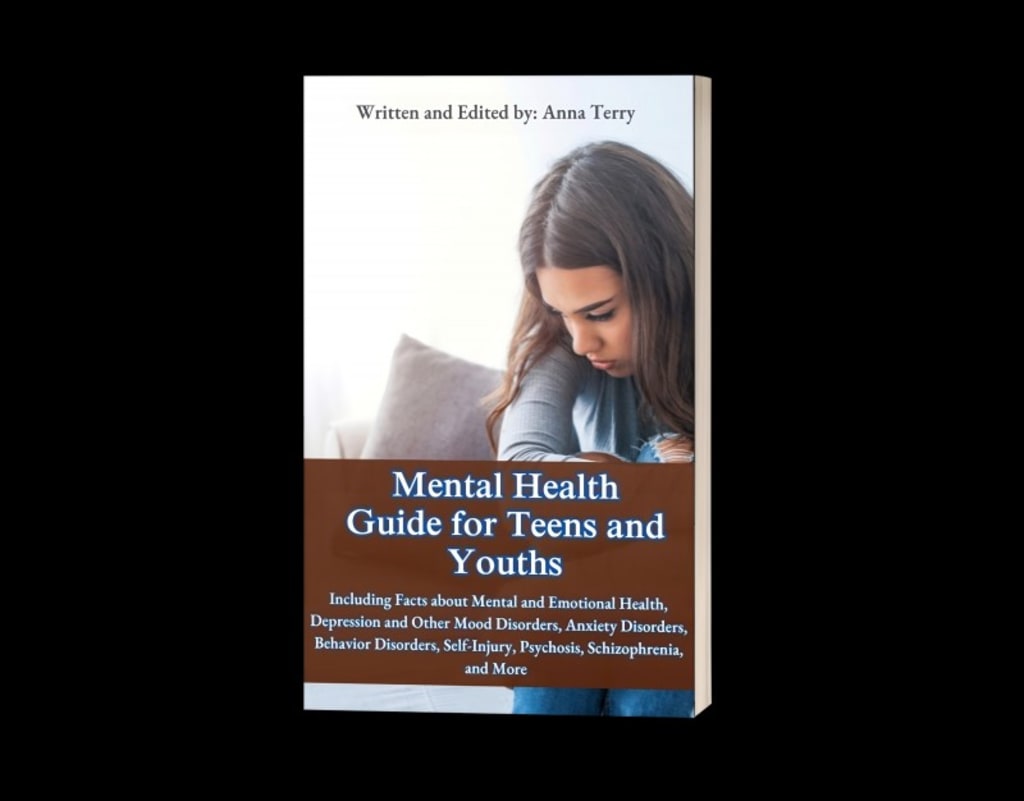Mental Health Guide for Teens and Youths
Click to Read more!

Introduction
Adolescence is a time of significant change and development, bringing both exciting opportunities and unique challenges. Mental health is a crucial aspect of overall well-being during these formative years. Understanding how to maintain mental wellness and effectively cope with common adolescent issues can make a profound difference in a young person's life.
If you're looking for a comprehensive guide on mental health for teens and youths, click here to explore more. This resource offers updated information and practical advice to help navigate the complexities of adolescence.
Common Adolescent Mental Health Issues
Self-Esteem Issues
During adolescence, self-esteem can fluctuate dramatically. Positive self-esteem is crucial for mental well-being, influencing confidence and the ability to face challenges. Strategies such as positive self-talk, goal setting, and seeking supportive relationships can help improve self-esteem.
Stress Overload
Teens often face multiple stressors, including academic pressures, social dynamics, and family expectations. Learning stress management techniques, such as mindfulness, exercise, and time management, can significantly reduce the negative impact of stress.
Family Problems
Family dynamics can be a source of both support and stress. Open communication, seeking mediation or counseling, and establishing healthy boundaries can help navigate family conflicts and foster a supportive home environment.
Heartbreak
Romantic relationships are a common part of adolescence, and heartbreak can feel overwhelming. Understanding that these feelings are normal and temporary, along with seeking support from friends, family, or a counselor, can aid in the healing process.
Debt and Financial Worries
Financial stress can affect mental health. Learning basic financial literacy, creating a budget, and seeking advice from trusted adults can help manage financial concerns.
Grief
Experiencing loss can be particularly challenging during adolescence. Recognizing the stages of grief, expressing emotions, and finding supportive networks can facilitate the grieving process.
For more detailed strategies and resources, click here to delve deeper.
Recognizing Mental Health Disorders
Understanding the warning signs of mental health disorders is crucial for early intervention and treatment. Some common disorders include:
Depression
Symptoms include persistent sadness, loss of interest in activities, and changes in sleep or appetite. Professional help, such as therapy and medication, can be effective treatments.
Bipolar Disorder
Characterized by extreme mood swings, including manic and depressive episodes. Treatment often involves a combination of medication and therapy.
Anxiety Disorders
Symptoms include excessive worry, restlessness, and physical symptoms like a racing heart. Cognitive-behavioral therapy (CBT) and medication are common treatments.
Phobias
Intense, irrational fears of specific situations or objects. Exposure therapy and CBT can help manage phobias.
Behavioral Disorders
Conditions such as ADHD, characterized by impulsivity and hyperactivity. Treatment may include behavioral therapy and medication.
Personality Disorders
Enduring patterns of behavior and thinking that deviate from cultural norms. Therapy, especially dialectical behavior therapy (DBT), is often used.
Psychoses and Schizophrenia
Symptoms include delusions, hallucinations, and impaired thinking. Antipsychotic medications and therapy are essential for management.
For a comprehensive guide on recognizing these disorders and available treatments, click here to learn more.
Treatment Approaches
Traditional Treatments
Most mental health professionals use a combination of therapy and medication. Cognitive-behavioral therapy (CBT), dialectical behavior therapy (DBT), and medication are commonly employed.
Alternative Approaches
Alternative methods, such as yoga, meditation, and nutritional therapy, can complement traditional treatments. These approaches focus on holistic well-being and can be particularly effective for stress management and overall mental health improvement.
Explore the full range of treatment options by clicking here.
Resources and Support
Finding the right resources and support networks is crucial for maintaining mental health. The book concludes with directories of resources for help and support, along with suggestions for additional reading.
If you or someone you know is struggling with mental health issues, don’t hesitate to seek help. Discover a wealth of resources and support options here.
Conclusion
Adolescence is a critical time for mental health development. By understanding common issues, recognizing the signs of mental health disorders, and exploring effective treatments, teens and youths can navigate these years with resilience and confidence.
For a comprehensive guide that covers all these topics and more, including detailed resources and expert advice, click here to access the full guide. Taking proactive steps towards mental wellness can lead to a healthier, happier life.
About the Creator
Enjoyed the story? Support the Creator.
Subscribe for free to receive all their stories in your feed. You could also pledge your support or give them a one-off tip, letting them know you appreciate their work.






Comments (2)
A very lovely sharing.
Thanks for the update